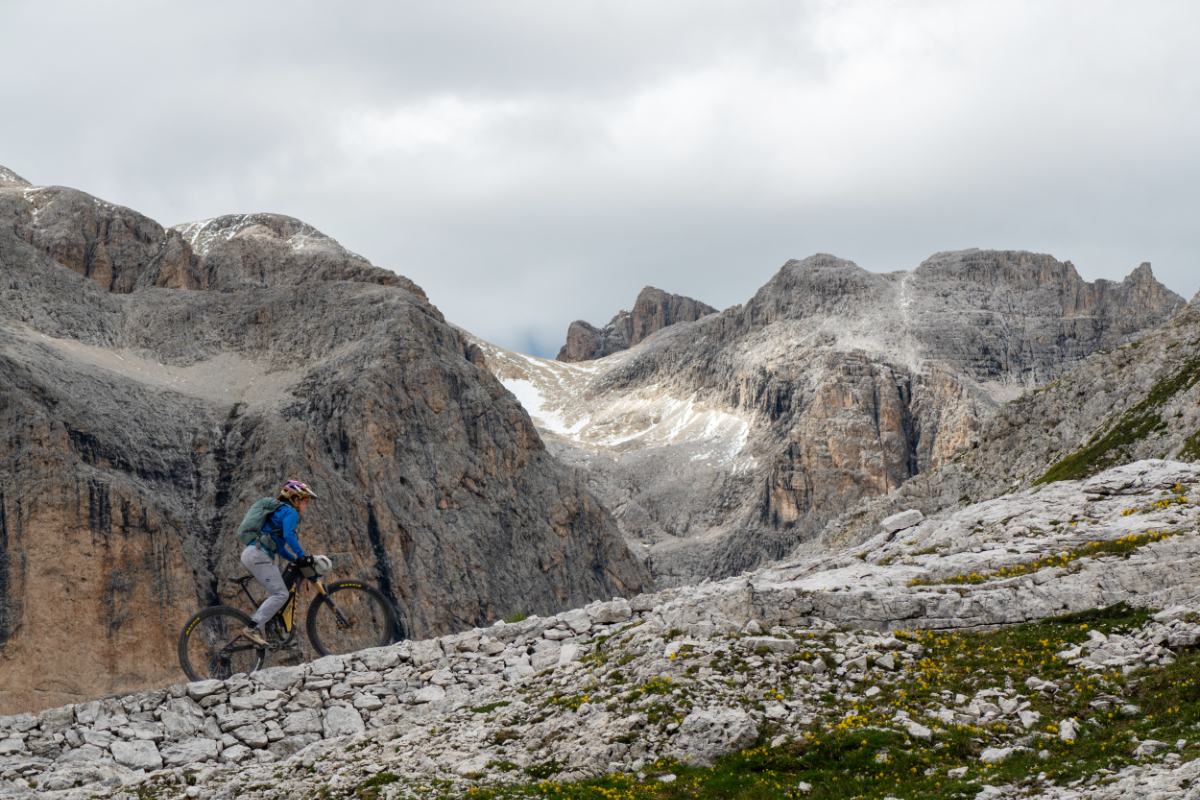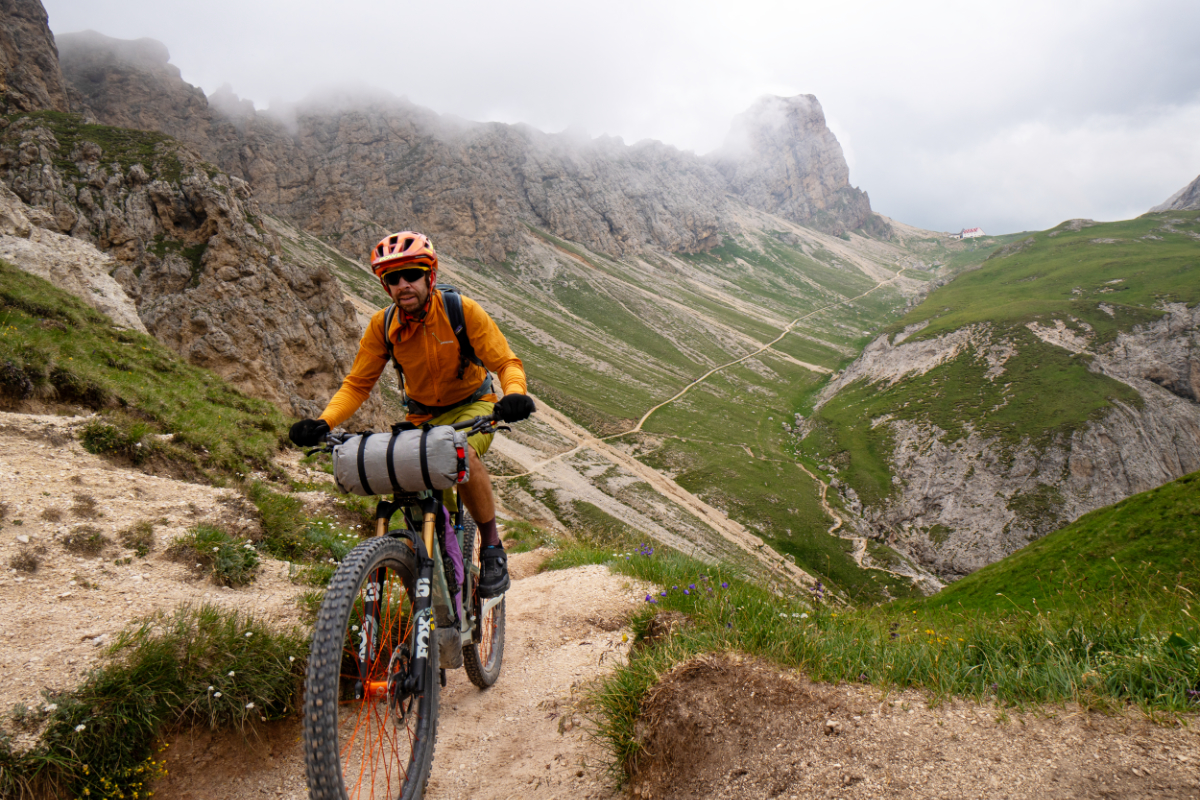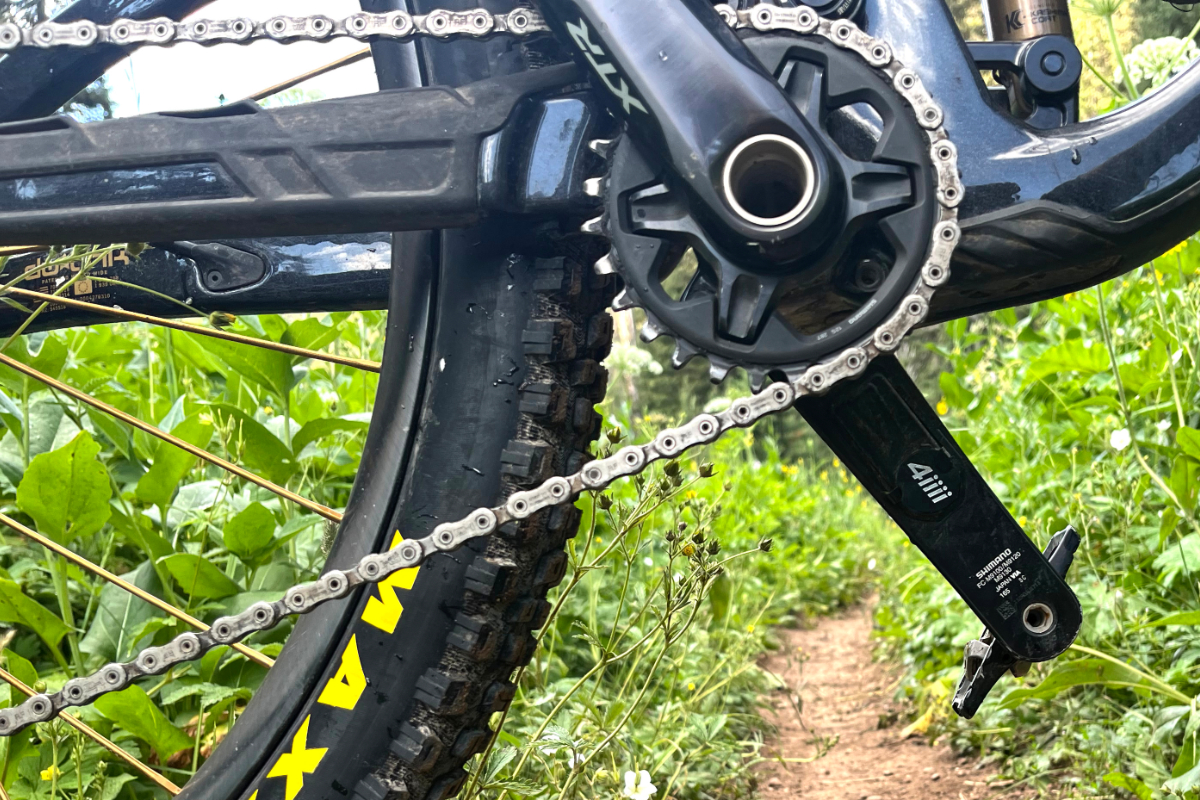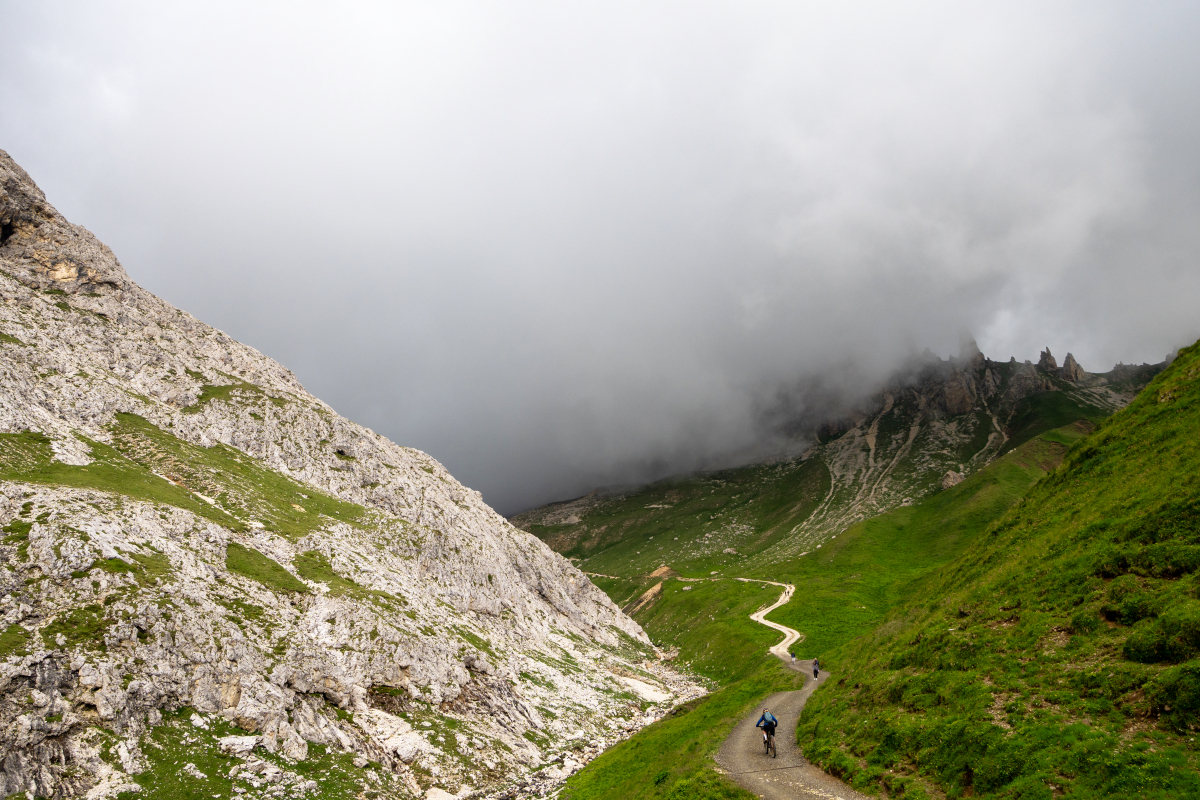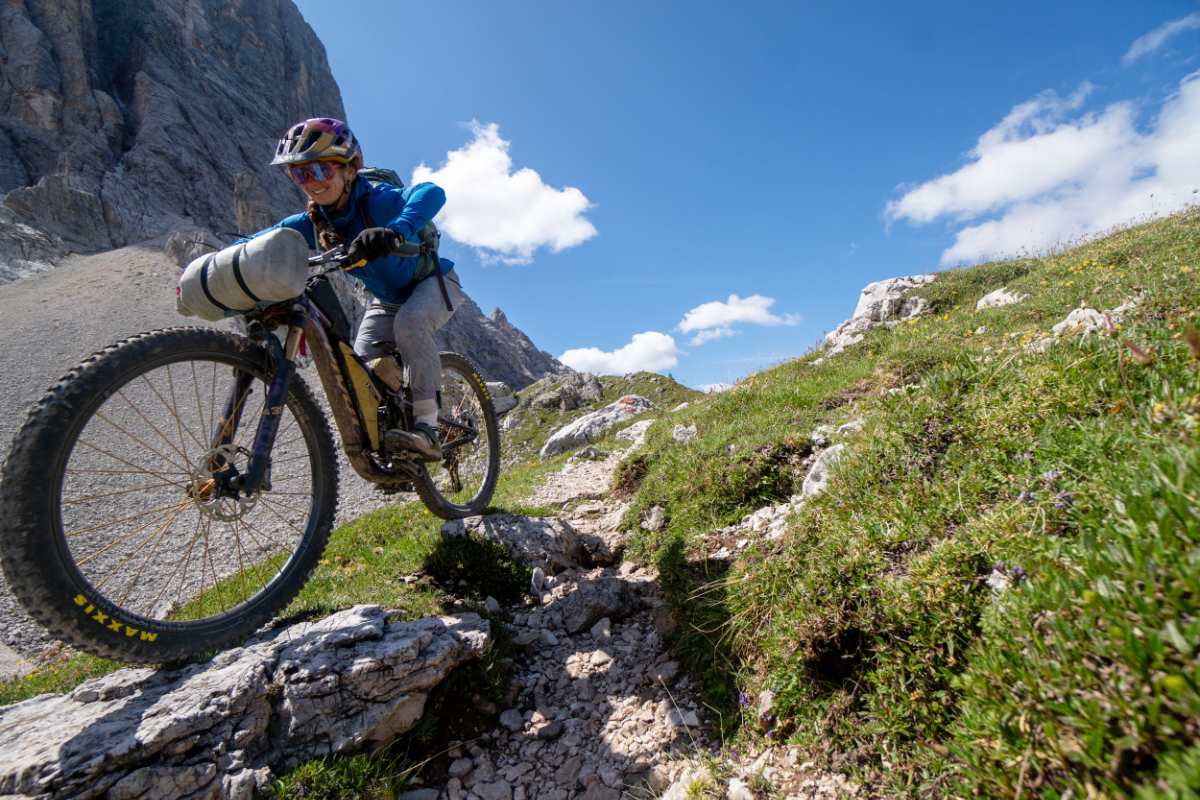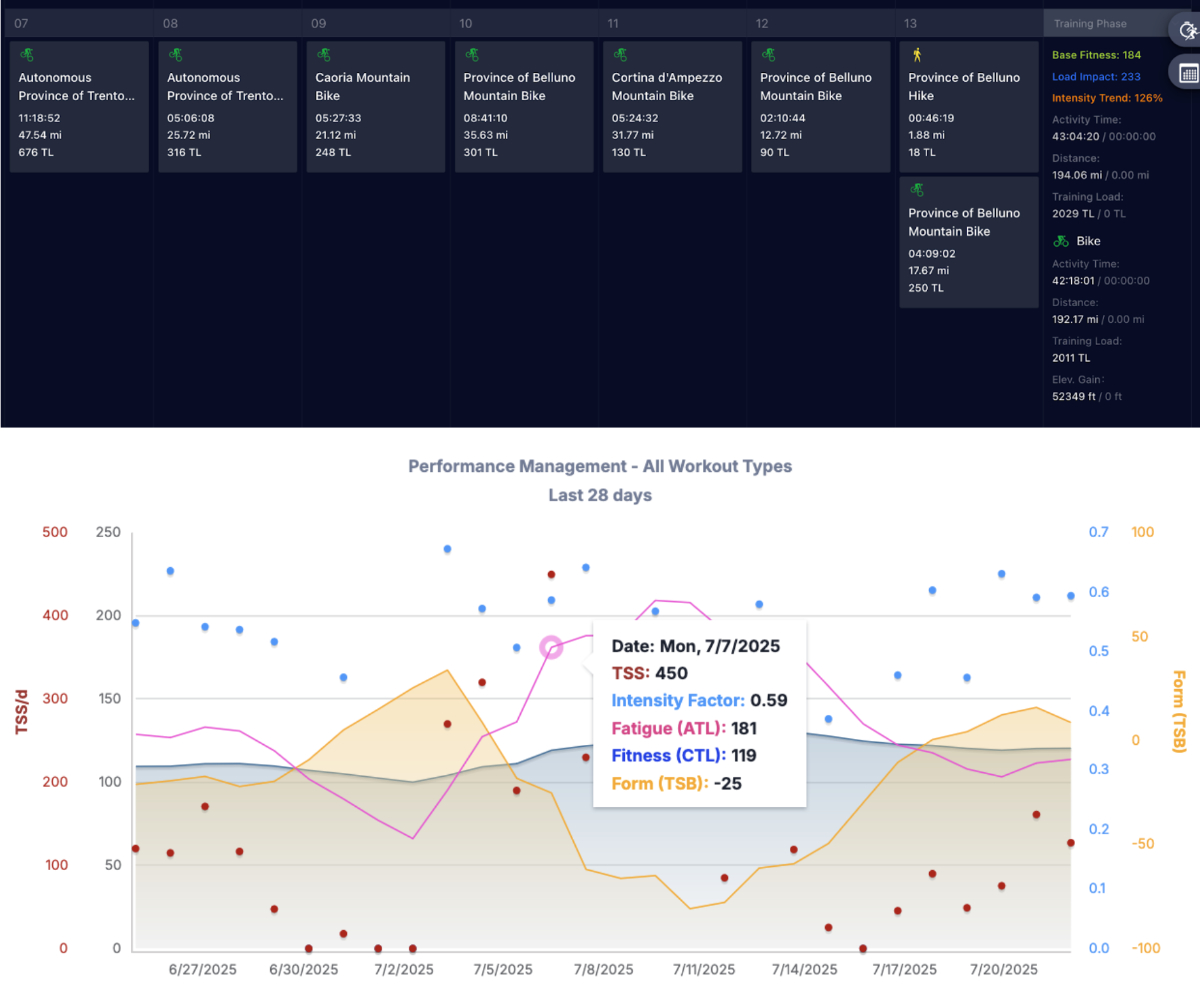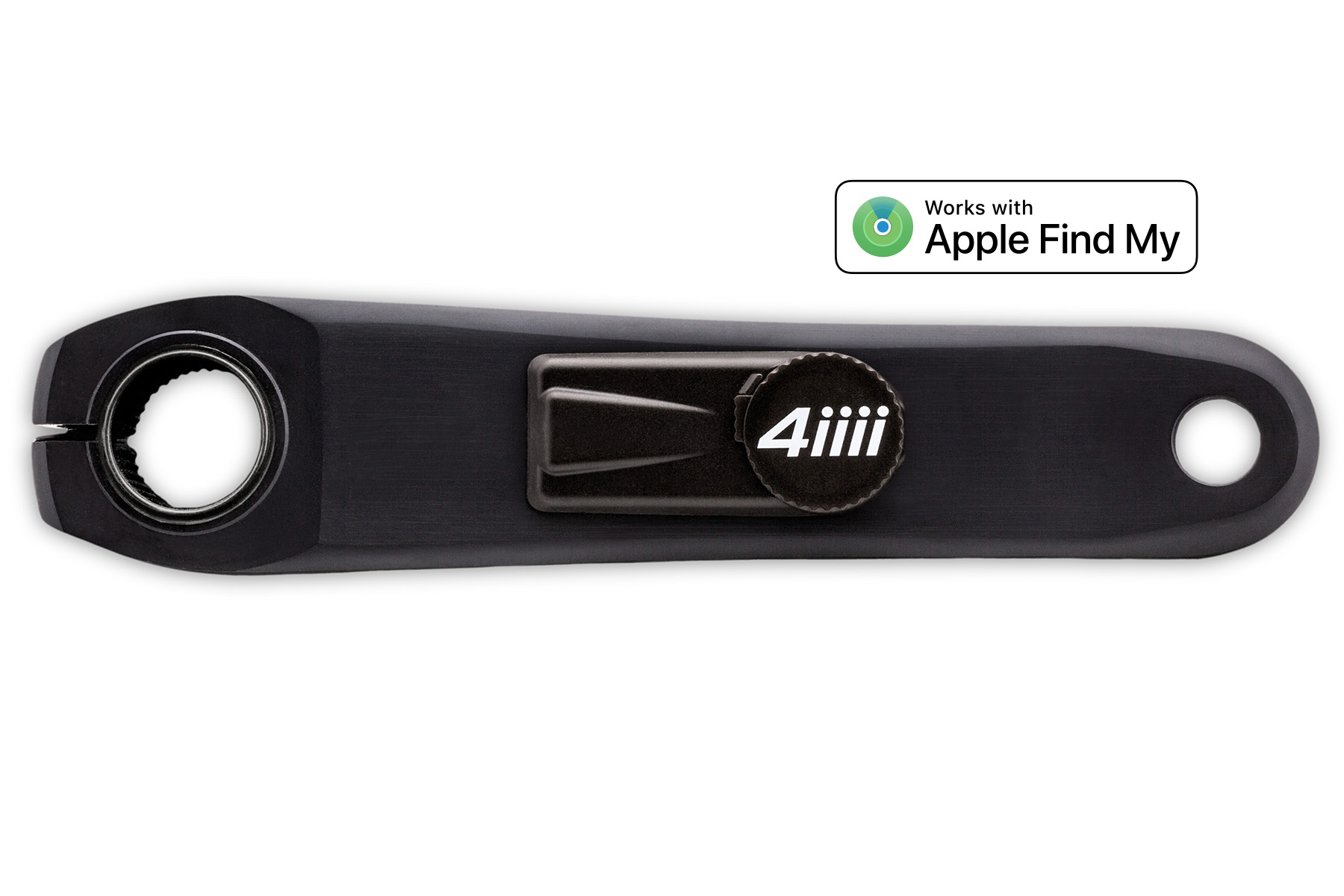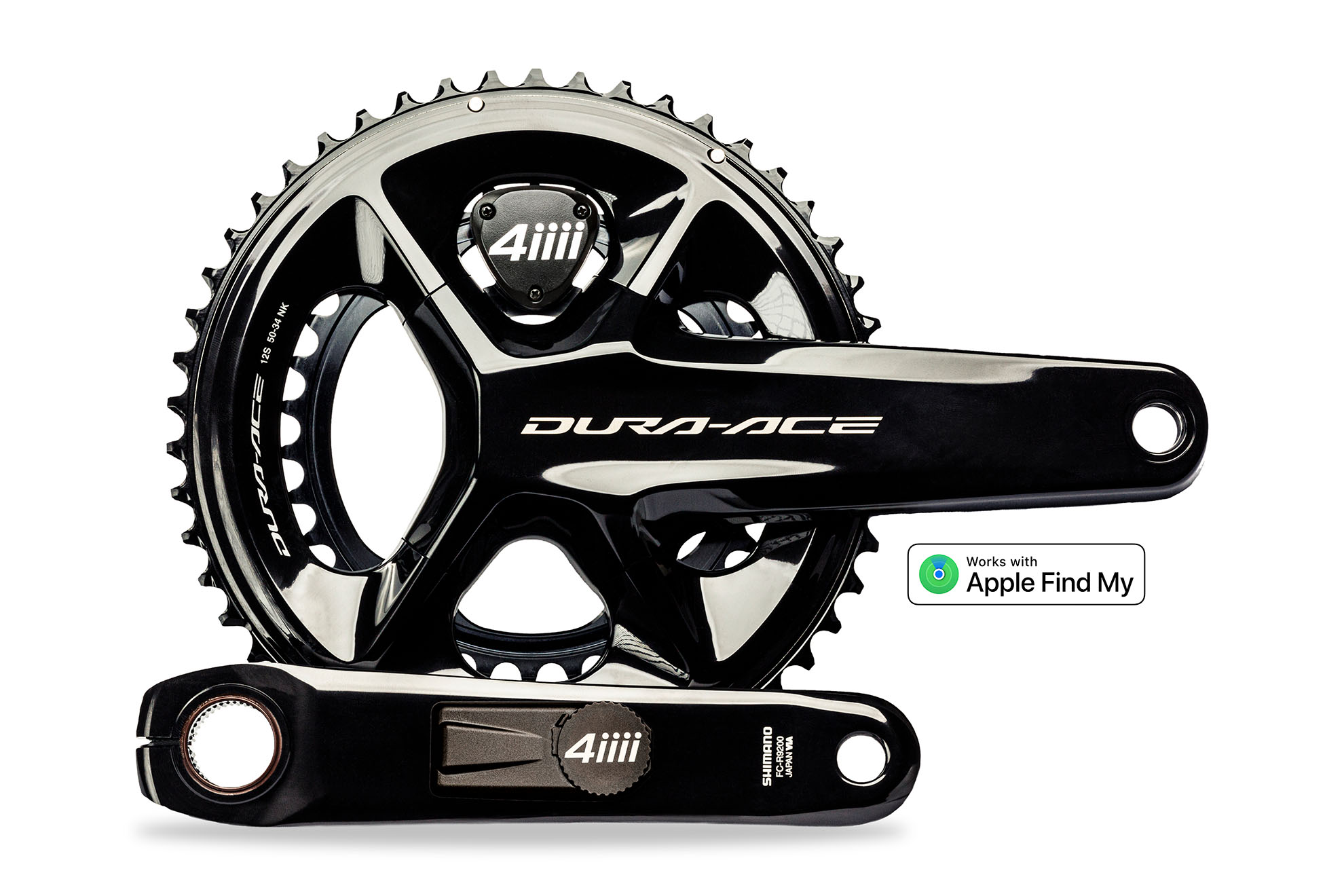Power In The Dolomites Power Meters as a Tool for Bikepacking
Posted by Kait Boyle on July 29, 2025
4iiii riders, Kait Boyle and Kurt Refsnider, the adventure duo that make up the Industry Nine and Pivot Cycles pro backcountry team, have no shortage of amazing trips to recount from their years of riding together. A quick glance at either of their social media accounts will surely inspire any rider or racer who dreams of exploring the more remote areas of our beautiful planet under their own pedal power. Recently, they added a bike-packing trip through the Dolomites of Italy to their ever-growing list of epic outings, and were kind enough to document it for us, along with their thoughts on the role that power metrics play in such an endeavour. Enjoy the words and stunning views from our latest blog post, penned by Kait Boyle!
Bikepacking trips often enable big days and higher volume than average riding or training. It makes sense, when riding from place to place, that the majority of the day would be spent riding. Even the more casual days while out bikepacking - 3 to 4 hours of riding - are longer rides than most folks’ average rides, and days in the saddle that surpass 6 or 7 hours are pretty easy to fit into a day when all you have to do is pack up, eat, ride, eat, and repeat until you arrive at the destination.
How far, how much vert, how many hours riding, etc., are common metrics we bikepackers use to summarize the journey, as they’re often gratifying numbers to crunch; thus, quantifying the trip is a natural part of wrapping up any bikepacking trip. But for those of us who use bikepacking for both joy and training, or for those who go bikepacking and then have another upcoming goal, it’s valuable to go deeper with the data. Bikepacking is hard. The bikes are heavier than normal, recovery can be compromised by the different diet or the stressors of spending long days outside, and sleeping on the ground, while sometimes optional, can result in slower recovery.
About a decade ago, my teammate Kurt Refsnider and I started to try to record power on bikepacking trips and races. At the time, it was a technological hurdle to do so due to the challenges around power meter compatibility on mountain bikes and the limited battery life of head units that could read power. But over the years, technology has improved – 4iiii’s approach to power meters that are integrated into cranks is reliable and lightweight, the battery lasts seemingly forever, and head units like the Coros Dura can run for days upon days, recharging by solar along the way. So now in 2025, a power meter is a regular part of any bikepacking bike setup I take on a trip, and in my opinion, the longer or harder the trip, the more valuable a tool they are.
How I use a power meter bikepacking is quite different than how I use it when training under “normal” circumstances. Typically, I have power zones in mind for each ride, and my power meter is a tool to balance with my perceived effort as I train in different zones. When bikepacking, the added weight and challenge of pedalling a loaded bike skew our ability to ride in our pre-set power zones, and thus, I ride more based on perceived effort for pacing. I tend to pace myself for the day, occasionally climbing harder as I feel capable or when I know more recovery time is soon, whether it’s the end of the day, an upcoming easy day, a day off, or the end of the trip.
So if power isn’t quite as valuable of a tool for pacing when bikepacking, what role does it play? Power has three primary roles in my bikepacking trips:
1. It measures work and thus food requirements for my body. Power is the most reliable metric for measuring work done and calories burned. Endurance efforts suppress appetites, and when bikepacking, I can find myself getting tired of eating enough - having the calories I’m burning ticking up on my screen is a real-time reminder of how much energy (food) it is taking for me to power my trip. When bikepacking self-supported, carrying the food you need and resupplying along the way is one of the biggest challenges. It’s too easy to walk into a tiny general store and leave with what looks like a lot of food, but isn’t actually enough to fuel the stretch of riding ahead. Just a couple of days of riding could be what is normally a week’s worth of volume in hours pedalling, and requires just as much, or more food! Knowing how much it takes just to turn the pedals (and then add on base daily calories) is invaluable for setting yourself up for nutritional success in the hours and days to come.
2. It can be a huge confidence boost. On this recent trip to the Dolomites, I rode 66 hours in 11 days. One would expect a general trend towards more and more tired through those days, but there are a couple of examples of my power meter providing a huge confidence boost as I rode. Our longest day was 50 miles with 11,500’ of elevation gain, with 11:20 minutes moving time! The next day, I was tired, but on an unloaded day ride, I found myself riding strongly in the sweet spot for the duration of the climb! It was unintentional to end up doing some intervals, but because of the positive feedback of my legs and my power numbers, I went for it and was delighted to be riding so strongly after such a big day! Similarly, on day 10 of our trip, I decided to empty the tank a bit and consciously rode in the sweet spot for about a half hour, loaded, on our way to the final hut. With over 60 hours of riding in my legs without a day off yet, I was thrilled to be ending the trip so strongly!
3. Recovery is invaluable. Lastly, it’s obvious that after 66+ hours of riding without a day off, some recovery is needed. The impact bikepacking has on fitness, fatigue, and recovery time is way easier to calculate with power data from a trip than without. (I should note that while heart rate is valuable data, one’s heart rate gradually drops during prolonged endurance exercise and can become a skewed reference point when used solely for measuring bikepacking.) The end-of-trip data post-bikepacking is a huge asset in assessing the fitness boost to come, and equally as importantly, the recovery needed to make the most of the volume.
I’m racing the Colorado Trail Race next - it starts just a month after finishing this trip. Bikepacking is an incredibly easy way to raise your foundation of endurance, but it often leads to a steep ramp rate, and thus it’s essential to take the time to make sure your body recovers and adapts to the load, and returns to a sustainable place of fitness and fatigue to resume training or racing from. Having the data to know just how deep you dug is incredibly valuable in making sure your recovery is sufficient for whatever comes next.
One word of caution for all of this is to keep in mind that power is a tool, and there are so many other factors in bikepacking that can lead to your body feeling different than on normal unloaded day rides and workouts! When used as a tool and valuable source of information, it can help you turn bikepacking into both a great adventure and an incredibly valuable training tool.
Learn more about the 4iiii power meters Kait and Kurt use on their bike-packing trips here: 4iiii Power Meters
Give Kait and Kurt a follow on Instagram to keep up with their adventures:
